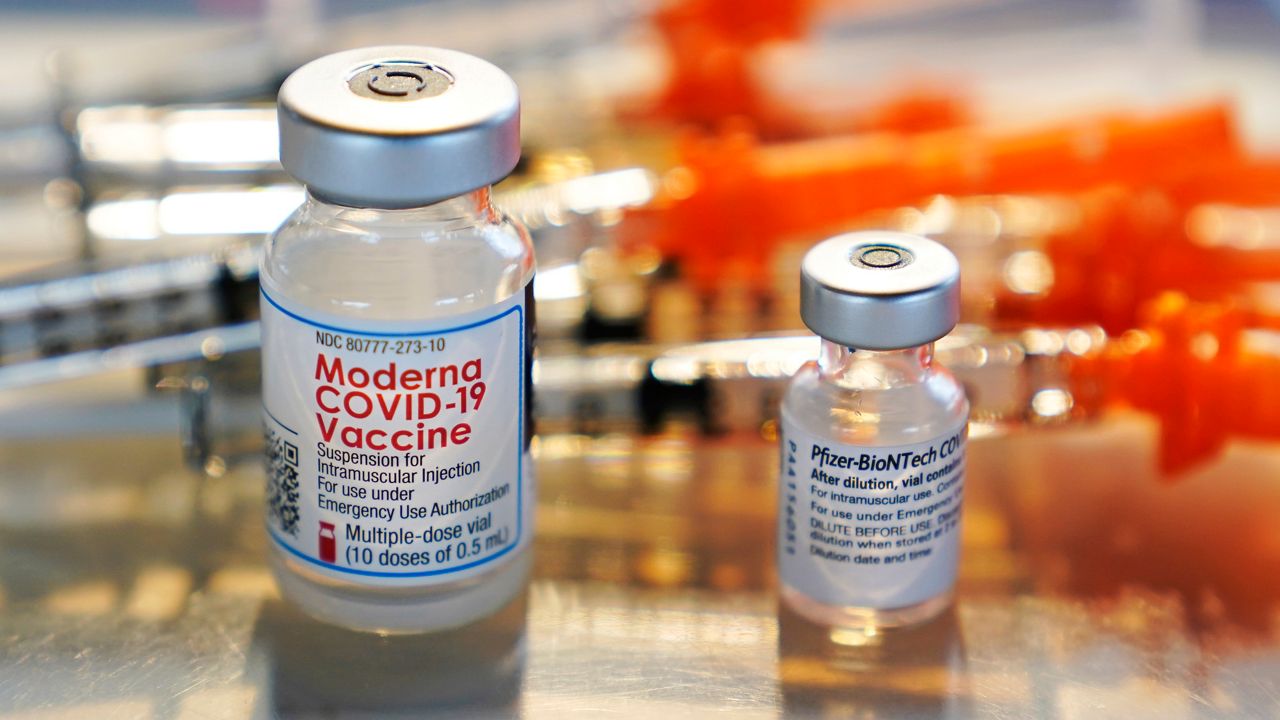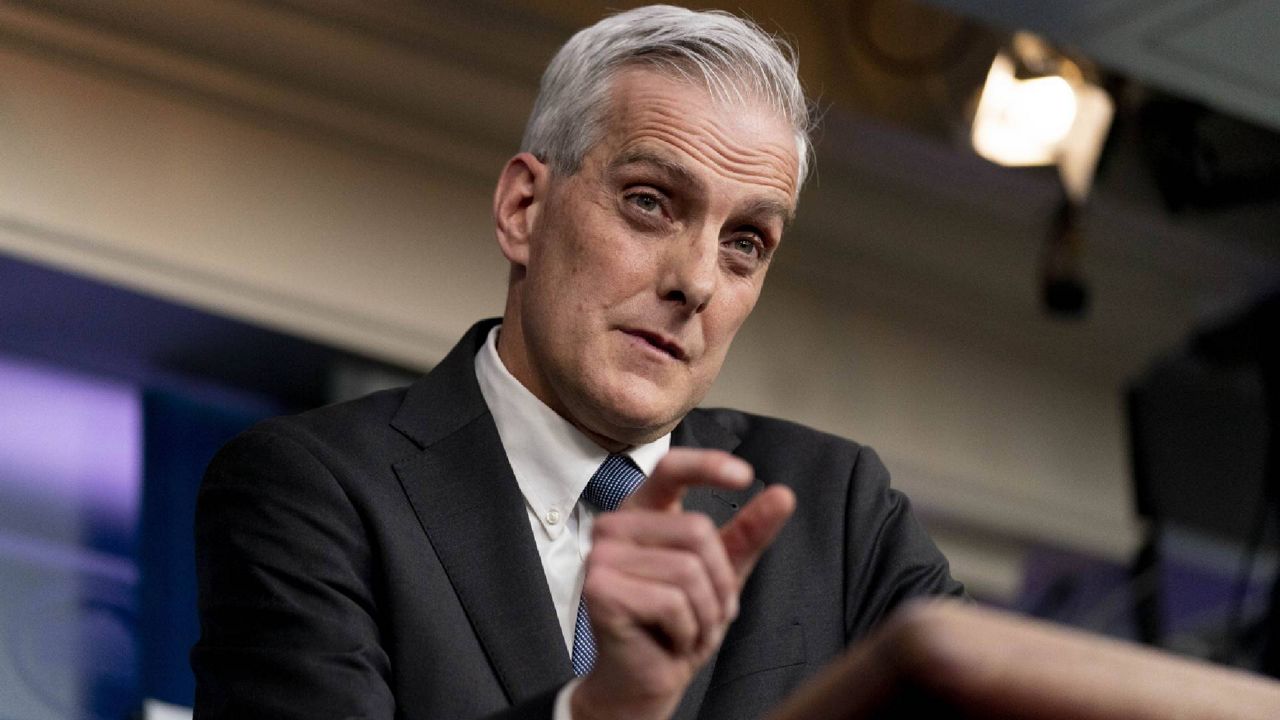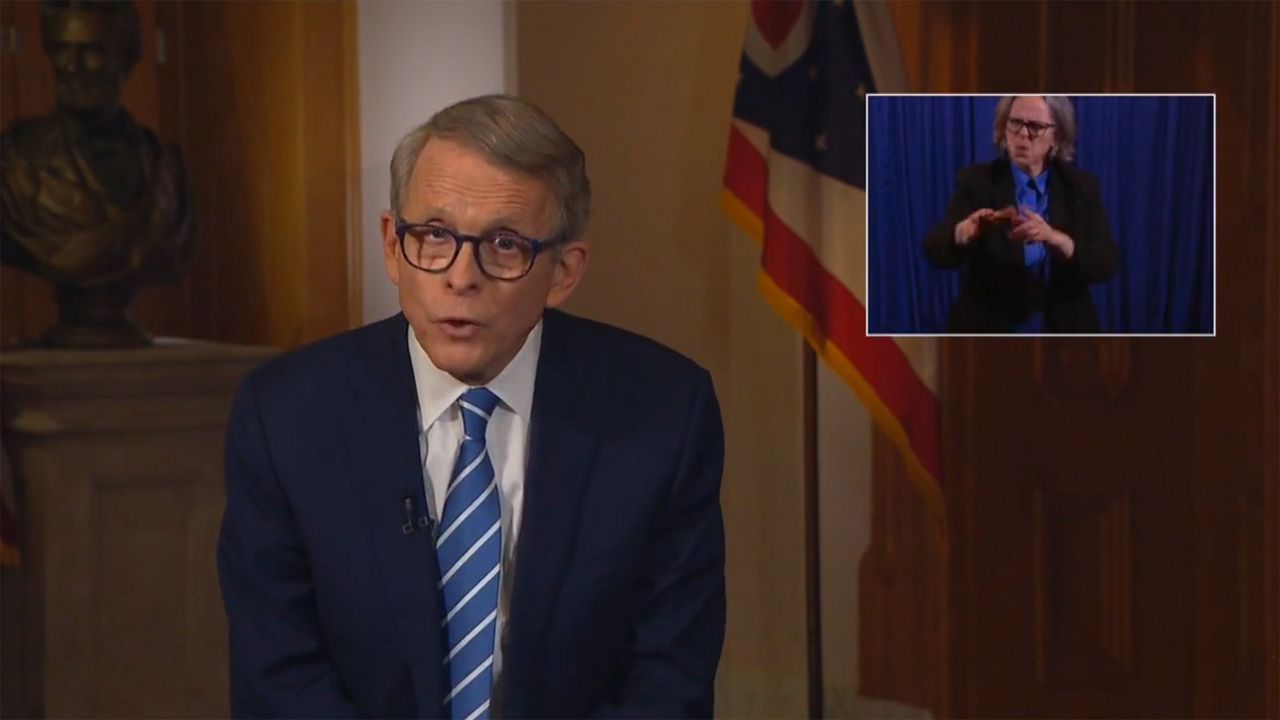OHIO — Gov. Mike DeWine announced Friday there will be an additional 15 mass vaccination sites opening by the end of the month.
During a press conference at Cleveland State University's Wolstein Center Friday — where the first mass vaccination site will be opening March 17 — DeWine said an additional 11 cities will host permanent mass vaccination clinics: Lima, Maumee, Dayton, Columbus, Akron, Youngstown, Cincinnati, Chillicothe, Wilmington, Marietta and Zanesville.
There will also be two pop-up sites in Columbus and Cleveland that will open on March 19. DeWine said some cities will host mobile pop-up sites, with the first one being in Ada. Another will be in Athens, Mansfield, and the last for residents of Belmont and Jefferson counties.
"We wanted to make sure they were available to everybody in the state of Ohio," DeWine said. "There's always been a plan to increase mass vaccination sites."
Earlier Friday, DeWine, in partnership with the White House and the Federal Emergency Management Agency, announced Ohio's first mass vaccination site will be at the Wolstein Center. It'll have a trial run March 16 with about 100 appointments.
Officials said they picked the location because it's near neighborhoods with large minority populations and other underserved communities in Cleveland. It's also along the Greater Cleveland Regional Transit Agency's bus route, making the vaccine accessible to those who need it.
“The location was recommended by Ohio and selected by FEMA based on its proximity to a large number of Ohio’s high-risk citizens and medically underserved populations. Approximately 1.1 million Ohioans ages 60 and older live in northeast Ohio, and of the more than 25,000 total Ohioans who live within one mile of the site, nearly 45% live below the poverty level,” according to DeWine's office.
While FEMA will help supply vaccines as well as workers at the Wolstein Center, the rest of the sites will be run by the state and volunteers.
As of Friday, 1.8 million Ohioans have been vaccinated, which is a bit more than 15% of the state's population.








